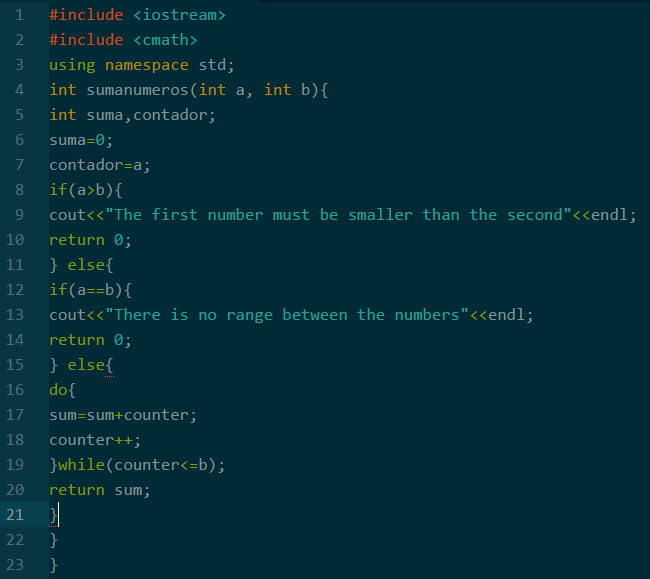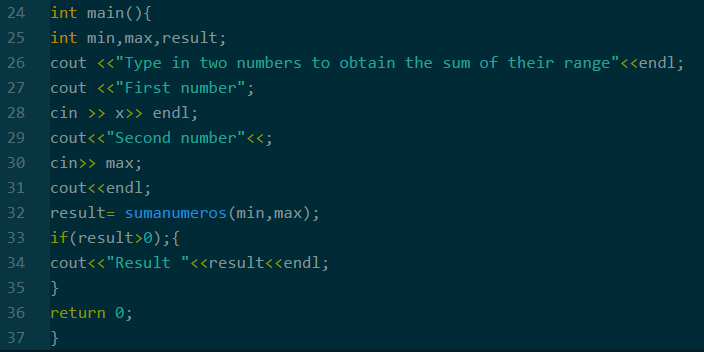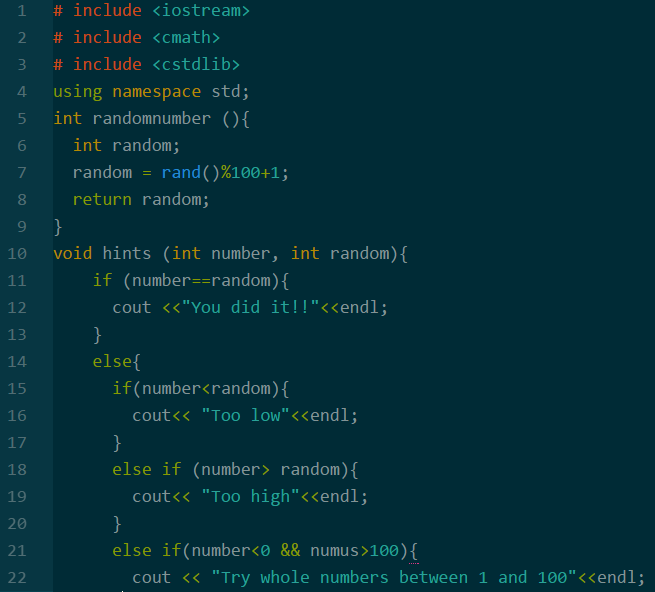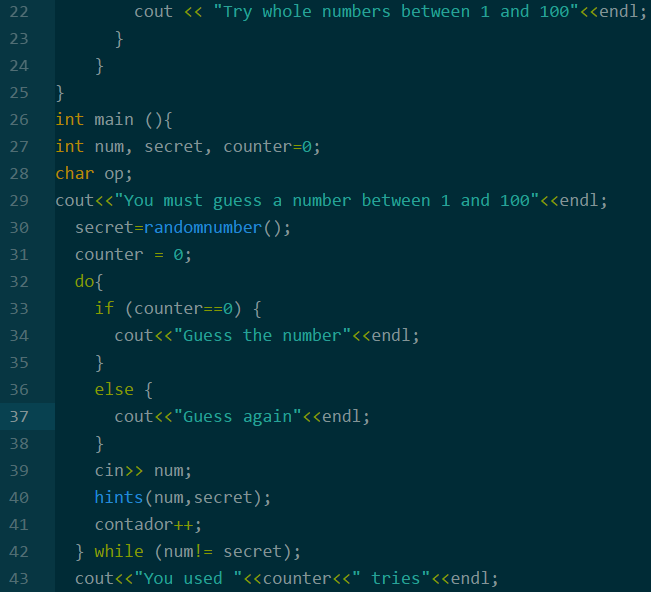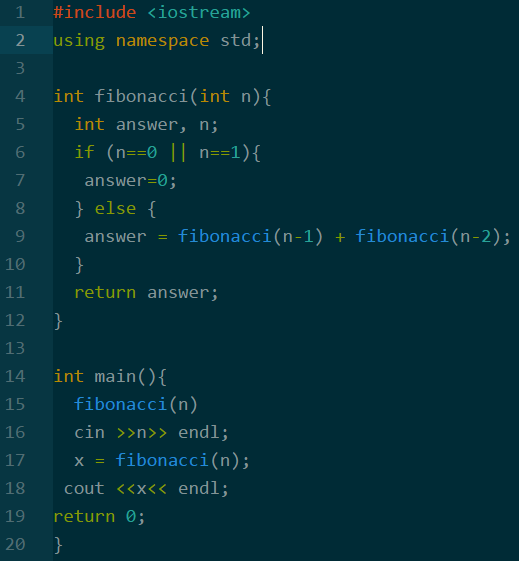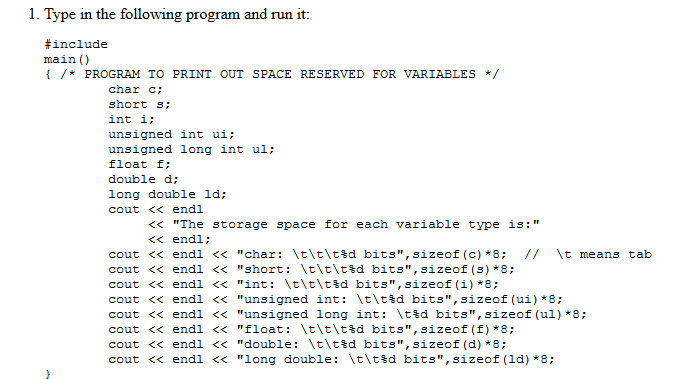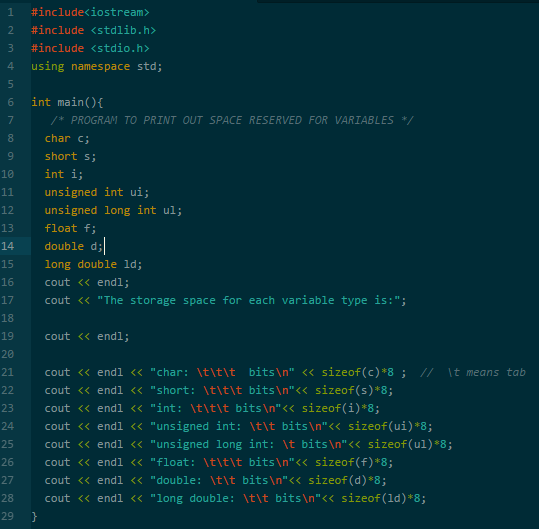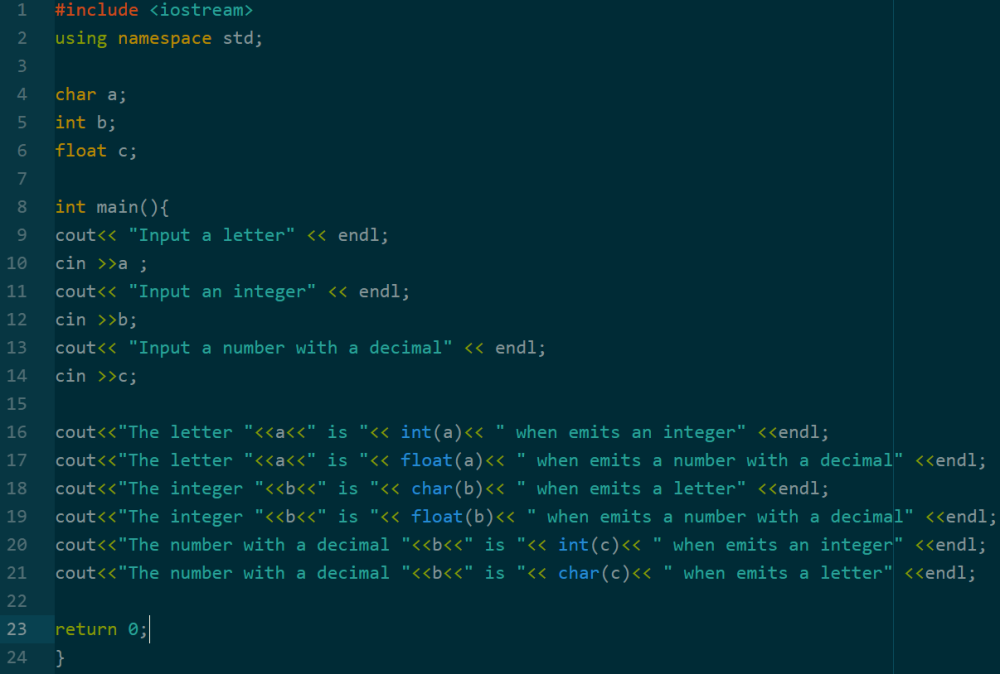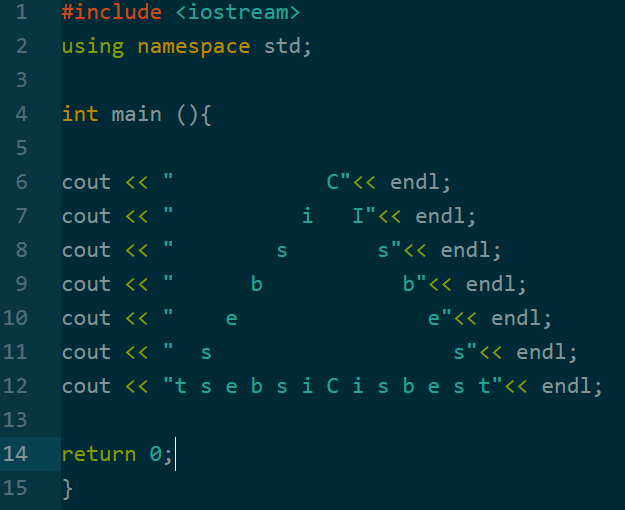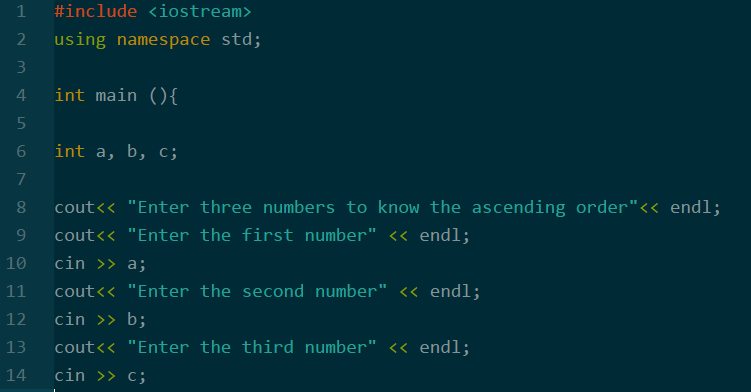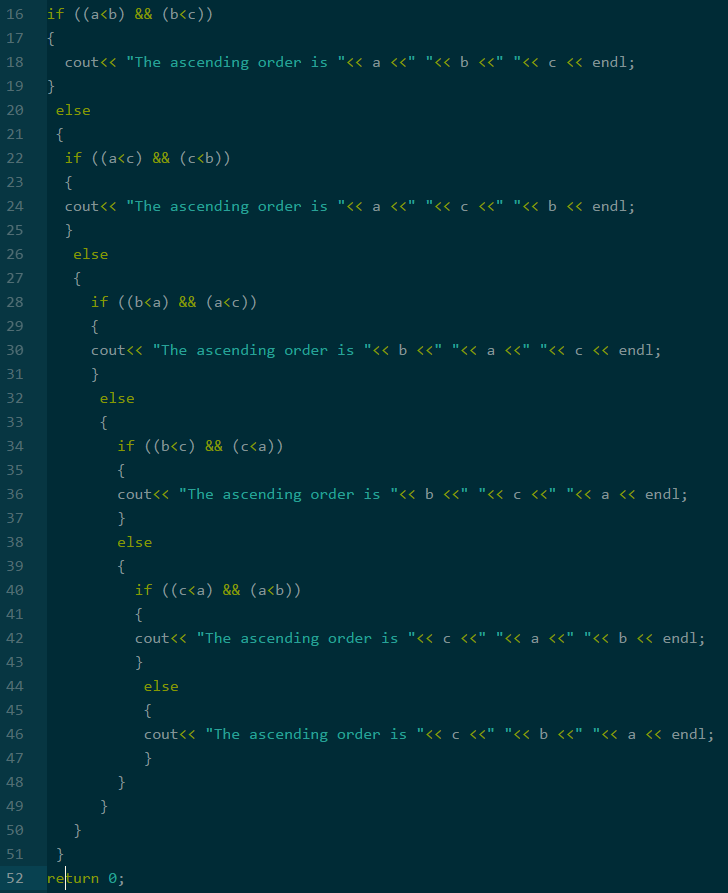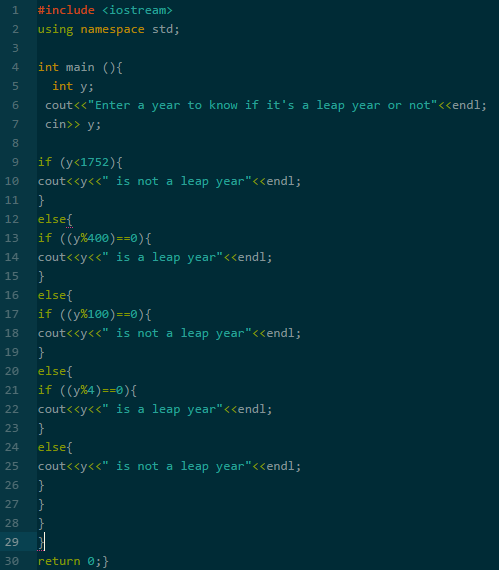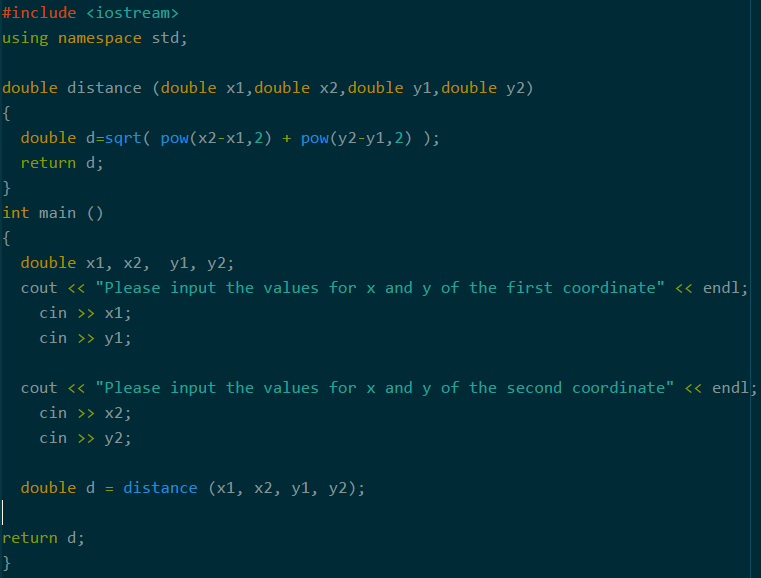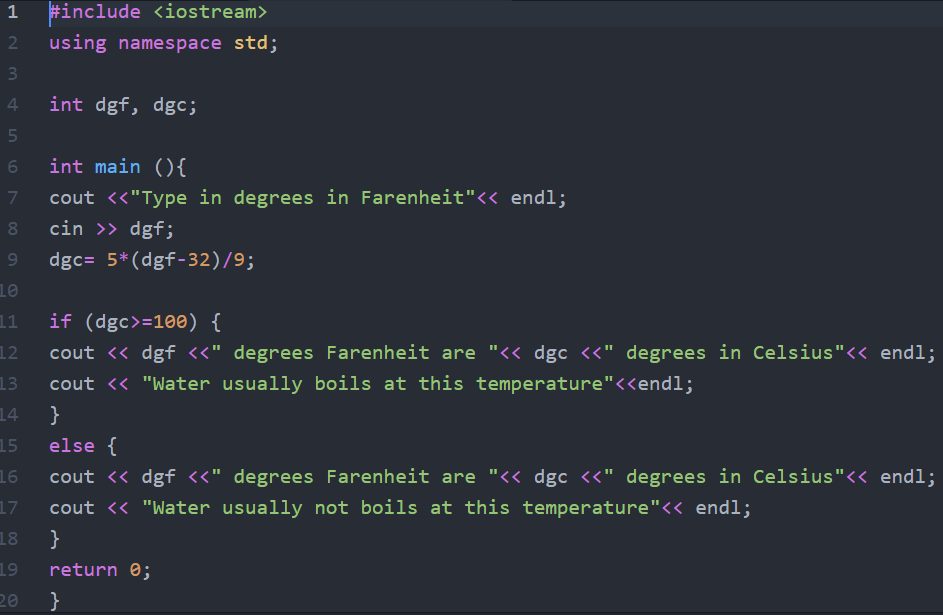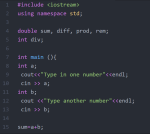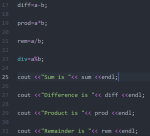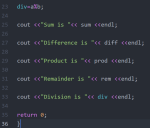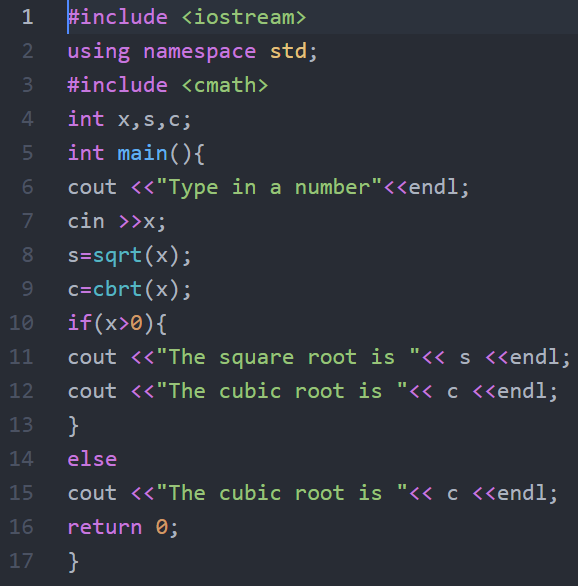--Originally published at how not to program
For the final project, my team and I decided to develop a program that can help you to find out your average grade for all your courses. We also want to add a prediction mode that calculates how much do you need in your final partial so you don’t fail.
Right now we´re just drafting the main funtions the program needs in order to accomplish everything
¿Cuál semestre estás cursando? = nsemestre
¿En qué parcial estás? = nparical
¿Cuántas materias cursas? = nmaterias
//Inicio Loop^(nmaterias)
¿Cuál es el porcentaje por parcial de materia1? %parcial1
materia1,calficacionparcial1 x %parcial1
We´ll work on the program via GitHub and we’ll update with more news of the project in the following weeks.
If you have any idea feel free to comment

